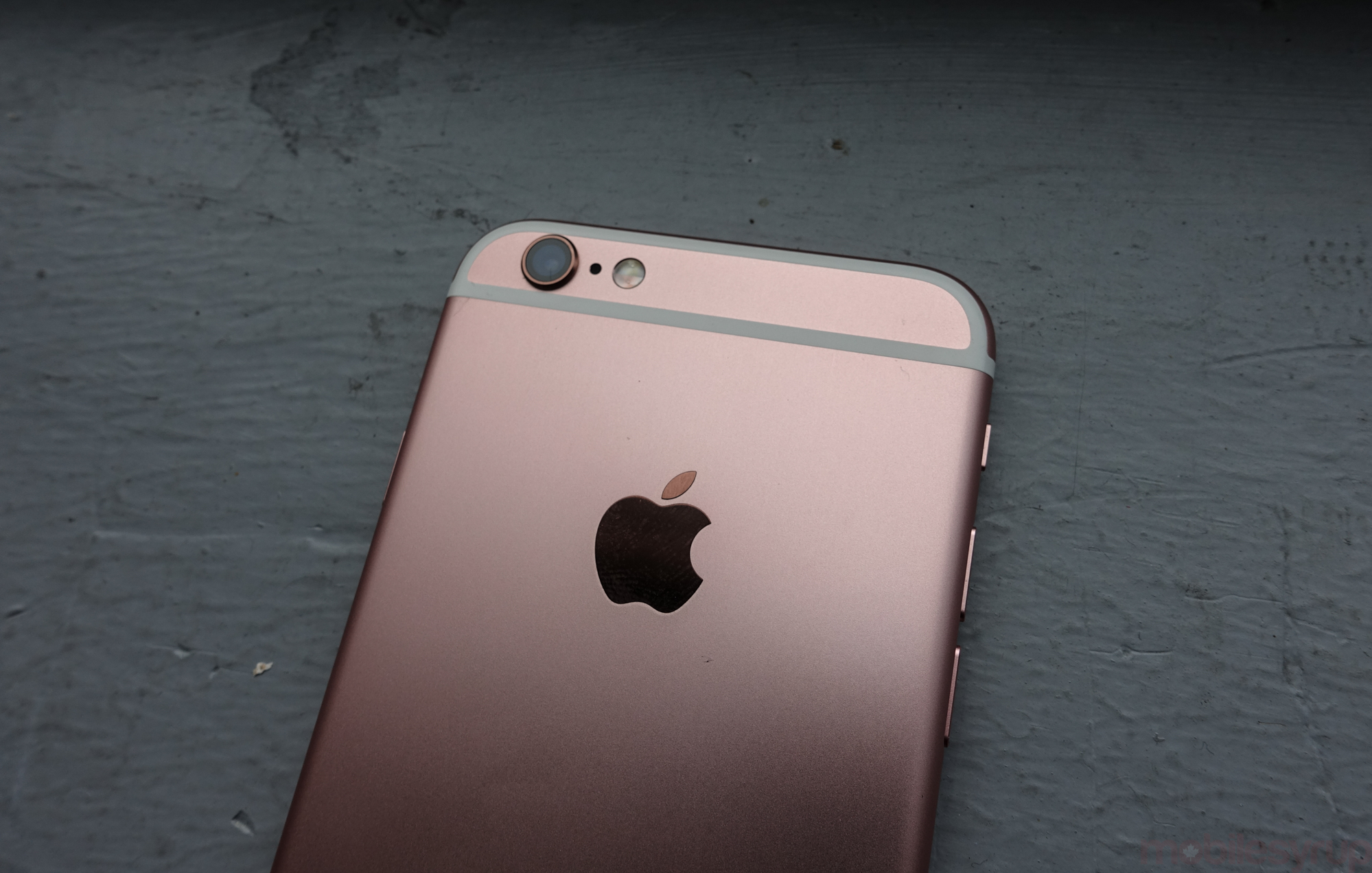
Apple announced its Q4 2015 earnings this afternoon, and once again the company beat its own estimates.
For the three month period ending September 26 Apple is reporting $51.5 billion in revenue and $11.1 billion in net profit. Respectively, this means its revenue and net profit increased by 22.3 percent and 30.6 percent over the same period a year ago.
The company sold 48.05 million iPhones, a 22.2 percent increase over the same period in 2014. What’s interesting about that last percentage is that in 2011, iPhone sales made up 38.8 percent of the company’s total revenue, whereas now it makes up closer to 65 percent.
As in previous quarters, iPad sales continue to decline. Apple sold 9.88 million iPads between June and September, a number that represents a 25 percent year-on-year decline.
However, the 5.71-million Macs the company sold represents an all-time record for the company, proving that the computer certainly isn’t dead.
Once again the company did not provide specific details on the sales performance of the Apple Watch. We’ll update this article once we have access to a more detailed version of its fiscal report and are able to extrapolate the sales of the wearable device.
Moving forward, the company is advising shareholders to expect between $75.5 billion and $77.5 billion in revenues for Q1 2015, its annual barn buster, which includes sales from all of its newest products. Because this quarter ended on September 26th, it does not take into account the millions of iPhones 6s and 6s Plus sold between its release on September 25th and today. Similarly, unreleased products like the new Apple TV, iPad Pro and new Apple Watch accessories will also be included in next quarter’s revenues.
In a statement to CNBC, Apple CEO Tim Cook noted that 70 percent of iPhone customers are using the iPhone 5s or older, meaning that there is plenty room for the company’s largest revenue generator to continue growing. He also noted that this quarter saw more people than ever — 30 percent, or around 14 million customers — moving from Android to iPhone, a significant jump from the same period a year ago.
[source]Apple[/source]
MobileSyrup may earn a commission from purchases made via our links, which helps fund the journalism we provide free on our website. These links do not influence our editorial content. Support us here.


